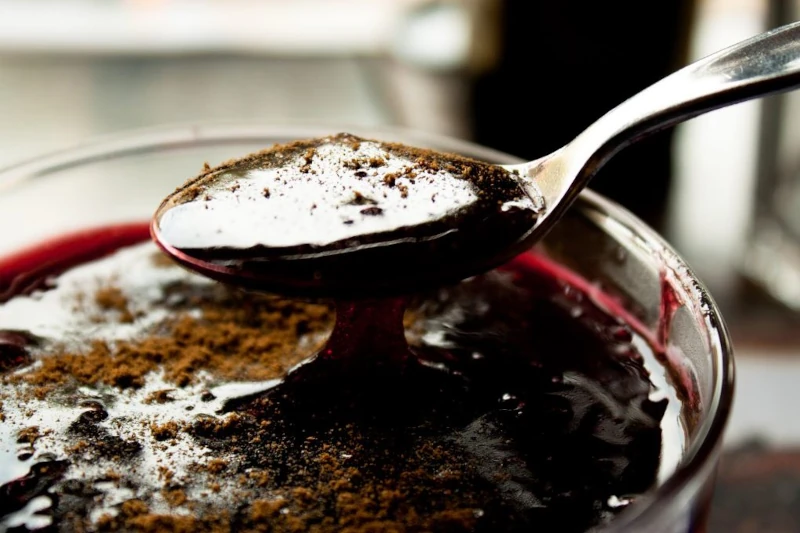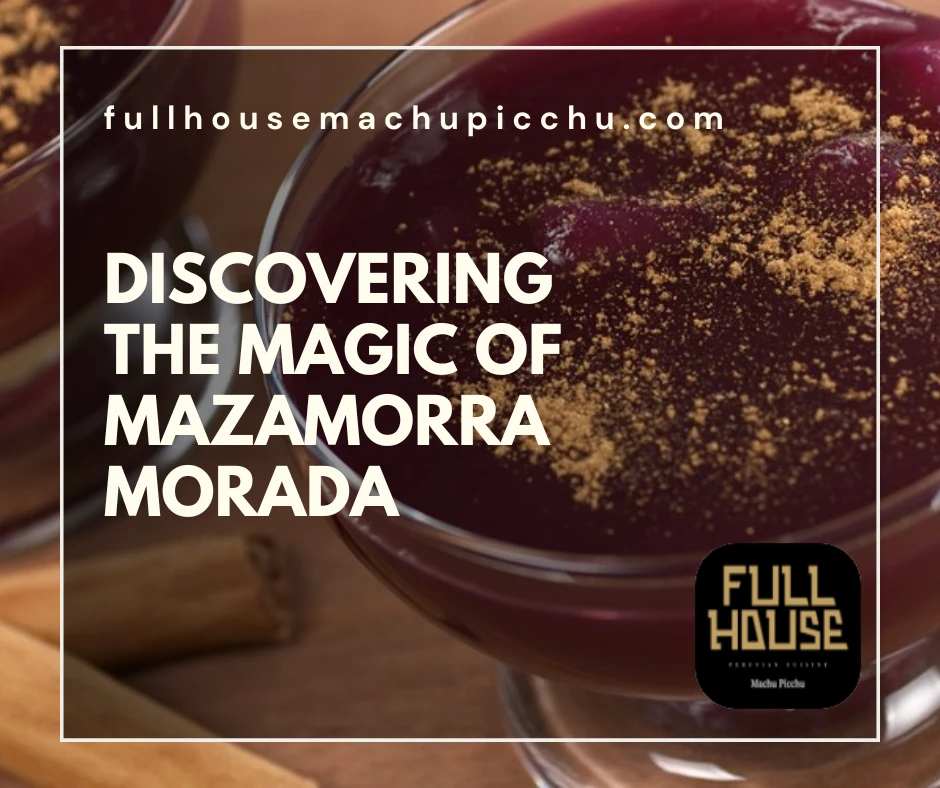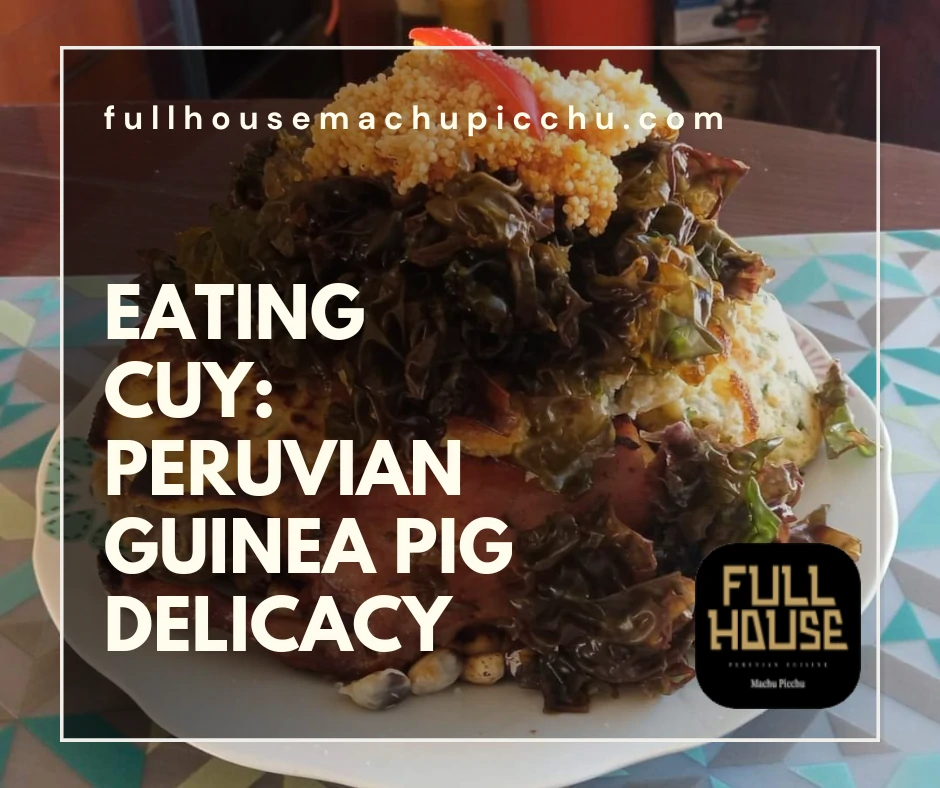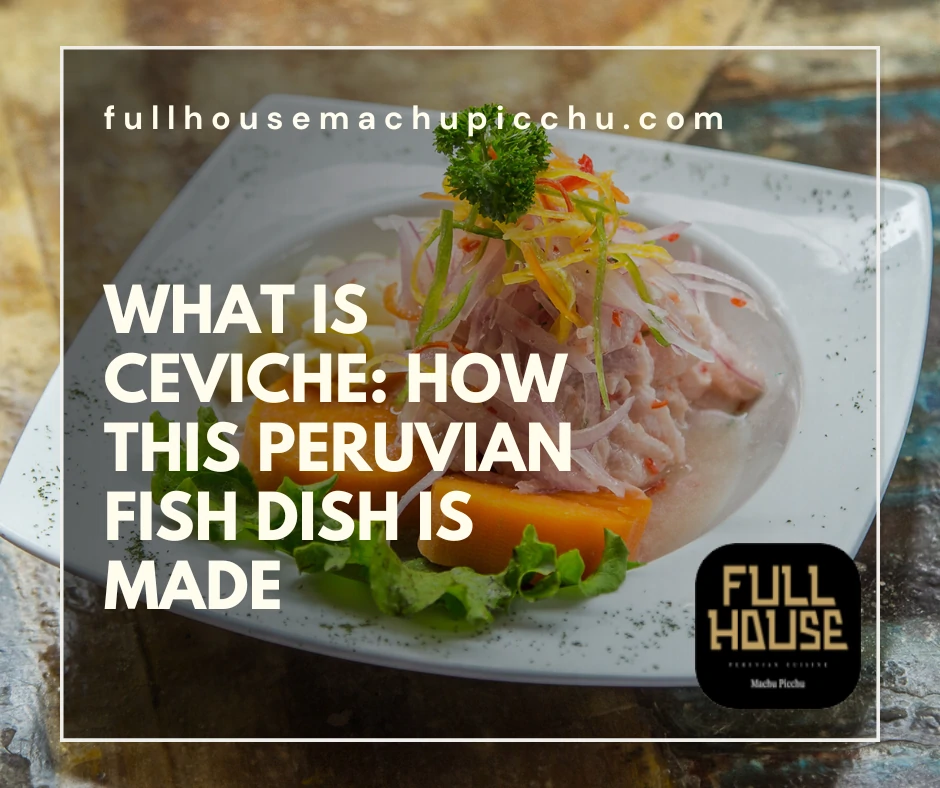Welcome to an exploration of color, culture, and culinary delight, as we dive into the rich, velvety essence of one of Peru’s most cherished desserts, Mazamorra Morada. This dessert’s enchanting violet hue, derived from a native Andean purple corn, is more than a treat for the eyes, it is a symbol of a gastronomic tradition deeply rooted in Peru’s history.
This article offers a journey into its vibrant origins, the story behind its unique color, and its delightful taste that has captivated palates for centuries. As we navigate the blend of native ingredients and colonial influence that gave birth to this iconic dessert, prepare yourself to fall under the spell of Mazamorra Morada’s sweet and purple allure.
The historical and cultural significance of Mazamorra Morada
Mazamorra Morada is as much a part of Peru’s history as it is a beloved dessert. Its roots run deep in Peruvian culture. Originating from the Andean highlands, this dessert has a story to tell. Like the Peruvian Picarones, Mazamorra Morada represents an intricate blend of pre-colonial and Spanish influences.
This dessert made its debut during the Spanish conquest of the Incas. Spanish settlers blended their culinary traditions with the native diet. The result was a sweet, corn-based dessert that continues to charm to this day.
Purple corn, the key ingredient, has been a staple in Peruvian diets for millennia. Its use in Mazamorra Morada is a testament to Peru’s resilience. It represents a piece of their identity that has withstood time and foreign influence.
The preparation of this dessert involves simmering the corn with pineapple, quince, and sweet spices. Much like a warm, aromatic cup of Peruvian coffee, Mazamorra Morada is steeped in tradition. Each ingredient added is a nod to the nation’s past.
Peruvians typically enjoy this treat during October’s Purple Month. This is a time when the country bursts into a spectrum of purple to honor El Señor de los Milagros. And Mazamorra Morada, with its enticing purple hue, is a star of the celebration.
Thus, this dessert is more than just a sweet treat. It is a symbol of Peruvian heritage. Mazamorra Morada encapsulates centuries of history, culture, and culinary evolution, making it a profound icon of Peruvian identity.
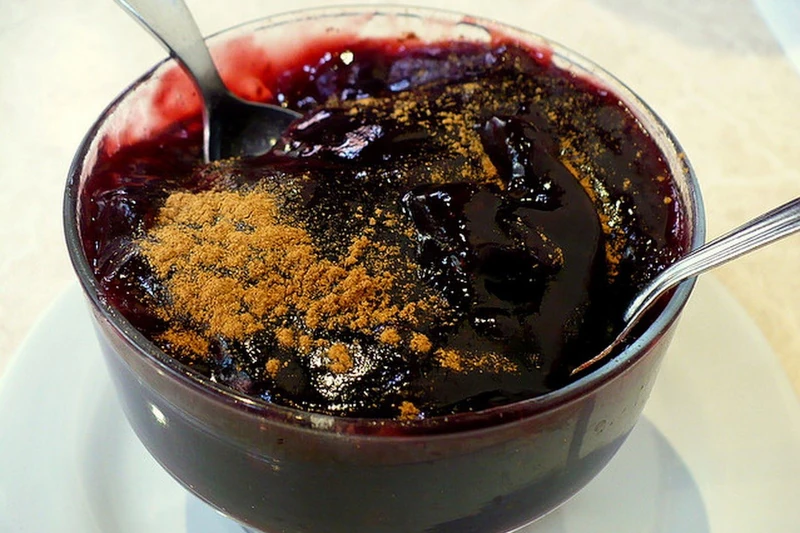
Understanding the unique properties of Peruvian purple corn
Purple corn, also known as “maiz morado,” is a wonder of Peruvian agriculture. It’s a powerhouse of nutrition and flavor, embodying the richness of Peru’s diverse culinary regions. While its striking color captures the eye, the corn’s qualities extend beyond its vibrant hue.
Unlike common yellow or white corn, Peruvian purple corn is rich in anthocyanins. These potent antioxidants give the corn its distinctive color. Anthocyanins also offer numerous health benefits. They’ve been linked to improved heart health, better vision, and even anti-cancer properties.
Maiz morado’s hearty, slightly sweet flavor is unique. This characteristic taste contributes to the allure of dishes where it’s used, such as Mazamorra Morada. The corn’s natural sweetness reduces the need for extra sugar, making it a healthier option.
In addition to Mazamorra Morada, purple corn is a key ingredient in Peruvian chicha. Chicha morada is a popular Peruvian drink, known for its refreshing sweet-tart flavor. It’s a fine example of how purple corn transcends from an ingredient to a cultural emblem.
Interestingly, Peru is among the countries with the most varieties of corn. From the coastal, highland, to jungle regions, each area grows unique corn varieties. The purple corn’s adaptability to different climates shows the resilience of Peruvian agriculture.
Therefore, Peruvian purple corn is more than just a colorful curiosity. It’s a testament to Peru’s rich biodiversity and culinary creativity. This humble grain’s impressive properties make it a cornerstone of Peruvian cuisine and a fascinating subject of worldwide food research.
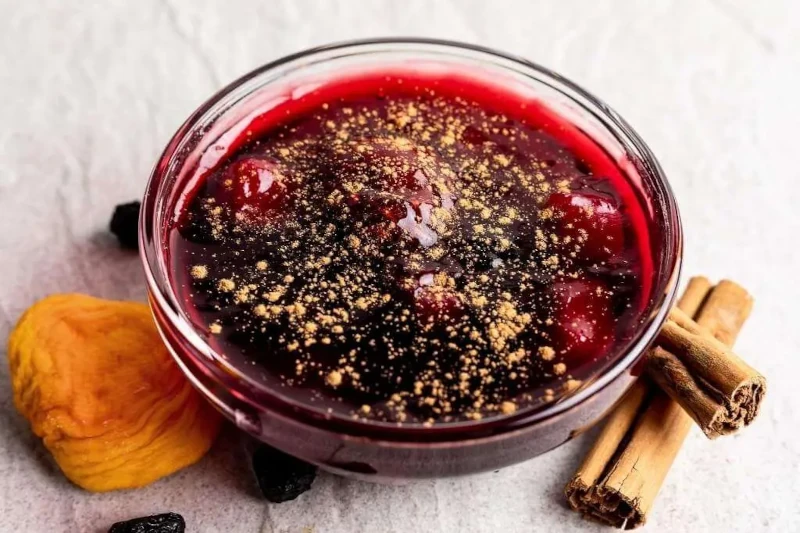
The traditional preparation and modern interpretations of Mazamorra Morada
The preparation of Mazamorra Morada is an art steeped in tradition. It begins with the extraction of purple corn juice, which is boiled with pineapple peels and cinnamon. The resulting mixture is then strained, sweetened, and thickened with potato starch or cornstarch. This creates a pudding-like consistency that is the hallmark of Mazamorra Morada.
This dessert is often paired with “arroz con leche,” a creamy rice pudding, resulting in a popular dish called “el caspiroleta”. Thus, this delightful combo offers contrasting textures and complementary flavors that leave a lasting impression.
In recent years, Mazamorra Morada has seen modern interpretations. Thanks to the rise of Peruvian fusion cuisine, this traditional dessert has found its way into innovative dishes. Thus, some chefs have incorporated it into gourmet desserts, playing with its presentation and companion ingredients.
For instance, it’s been used as a base for mousses and ice creams. Others have used it as a filling for pastries or topping for cheesecakes. This modern take has broadened the appeal of Mazamorra Morada, introducing it to new audiences.
Even Peruvian drinks have been influenced by the sweet allure of Mazamorra Morada. Some mixologists have used it to create novel cocktails. These new iterations celebrate the dessert’s roots while propelling it into the future.
Thus, whether enjoyed in its traditional form or savored in a modern rendition, Mazamorra Morada remains a cherished part of Peruvian cuisine. Its sweet, comforting taste and enchanting color continue to captivate, making each spoonful a sensory journey through Peru’s culinary heritage.
